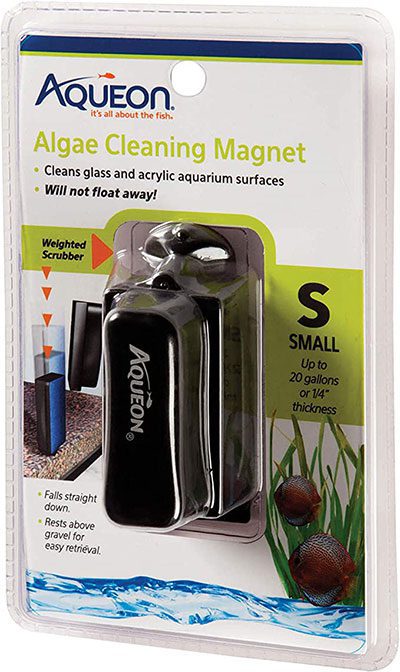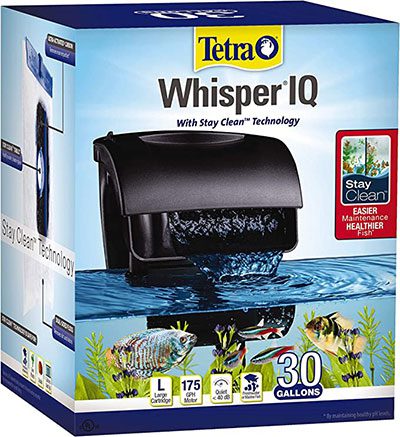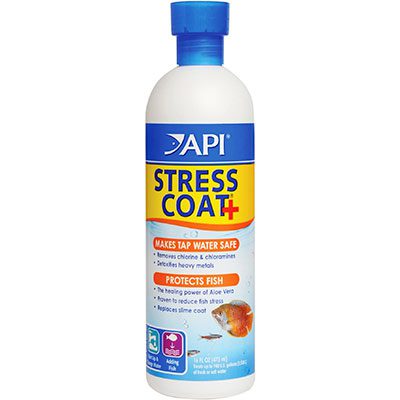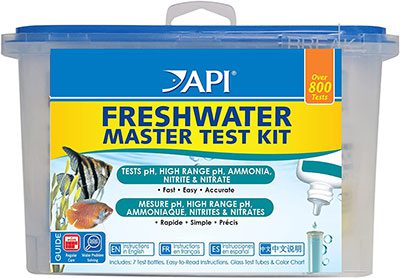A clean aquarium looks lovely and offers a comfortable home for your fish. However, chemicals such as nitrate can accumulate in your tank over time, which leads to a cloudy appearance. Therefore, cleaning your aquarium is essential even if you have a filter in your fish tank.
1. What Is the Best Way to Clean an Aquarium
Here is a step-to-step guide to the best way to clean an aquarium:
- Start by unplugging the filter, heater, and air plug. If you have any decorations or artificial plants, remove them as well.
- Clean the inside glass. You can buy various tools to do the job, but a clean face cloth can also do the work. Apply small, gentle, circular motions for best results.
- Use a gravel vacuum to get rid of about 15% of the water, placing it into a bucket to dispose of later. The vacuuming gravel has suction, and you can utilize it to suck up debris or dirt sitting at the bottom of the tank.
- Gently scrub every ornamental feature in your aquarium, including the artificial plants.
- Rinse the filter pad with cold, clean water.
- Replace the ornaments, filter cartridge, and artificial plants in your aquarium.
- Dispose of the water in the bucket into your bath, then fill it with clean water. Take a thermometer to adjust the water temperature to match that inside the aquarium.
- Add aquarium salt and water conditioner according to the guidelines on your products. Consider adding a living bacteria supplement if the aquarium is less than four months old. Stir thoroughly to dissolve the salt completely.
- Fill the aquarium slowly, and also fill the power filter with water.
- Lastly, plug in the heater and arrange all your ornaments and artificial plants. Avoid putting on lights away. Keeping dark for a few hours after cleaning and changing the water can lower the impact of stress on your fish.
2. How Often Should an Aquarium Tank Be Cleaned

Huynh Van from Pexels
Depending on the number of fish you have, the type of aquarium, and how dirty your fish is, most fish tanks need cleaning about once every two weeks. When cleaning, siphon the gravel to eradicate dirt, debris, and uneaten food. Change 10-15% of the water.
If the fish tank is quite smelly, you might have a problem with algae; thus, clean the aquarium tank more often. Always test your water quality every time you clean the aquarium to ensure everything is safe.
3. Should You Ever Completely Clean a Fish Tank
It is never wrong to clean a fish tank, but it's good to be cautious. Completely replacing the water in a fish tank is a bad idea since it will eliminate beneficial bacteria living in the tank while testing the nitrogen cycle, which can kill the fish. If you regularly clean the aquarium, doing partial change and cleaning is the best option.
4. How Do I Keep My Fish Tank Water Clear
All fish tank water should be kept clear at all times. The problem with cloudy water is that it hides imperfections in your aquarium, including leaves and other water plants, which can block the view of your fish. To keep your aquarium clear of leaves and other wastes, use a bio-wheel or filter to remove the particles.
Change the Water Regularly
The skin and scales of your fish can block your line of sight, so it is essential to change the water regularly to remove these fish wastes.
Reduce Waste in Your Tank
Amongst the vital detrimental factors to the well-being of your fish tank is the effects of excess waste, either from the increment of fish food or overfeeding them. By ensuring you undertake regular maintenance and avoid overfeeding your fish, you create a perfect foundation for crystal-clear water right into your aquarium.
The key to having clear water in your aquarium is to zone identify what could be causing it and fix the problem from the root.
Supervise the Water Levels
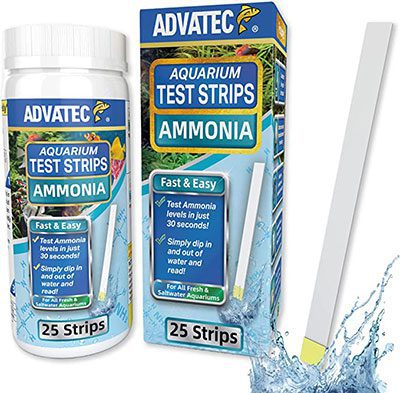 Perform regular aquarium maintenance of your fish tank by watching the water levels regularly. You should always ensure enough water in your aquarium so it doesn't over-evaporate. If you have an automatic aquarium, you can use an ammonia kit to test the levels of nitrites and nitrates.
Perform regular aquarium maintenance of your fish tank by watching the water levels regularly. You should always ensure enough water in your aquarium so it doesn't over-evaporate. If you have an automatic aquarium, you can use an ammonia kit to test the levels of nitrites and nitrates.
Welcome an Algae Eater
Whether you have green or brown algae in your fish tank, both are a barrier to having crystal clear water. Algae can be caused by improper aquarium lighting, chemical imbalances, and failure to clean the aquarium regularly.
Consider adding a cleaner fish. Scavenger fish will clean the water in your aquarium at all times. They only need to be fed twice a week and are very easy to maintain.
Use a Proper Filter
Use a strong filter such as Tetra Whisper IQ Power Filter to remove fish waste. You should check your aquarium filter once a month as it might become clogged with dirt. You should also regularly clean your aquarium filter, ensuring it works efficiently.
Use a Water Treatment or Clarifier
You can use a water treatment or clarifier to remove any impurities in your aquarium. If you have a saltwater aquarium, you must regularly add water conditioner to maintain the salinity levels.
Reduce Phosphates and Nitrates
If you continuously experience cloudy water issues, it might be due to phosphates or nitrates altering the chemical well-being of your aquarium tank. If the waste isn't completely broken, it releases phosphate chemicals into your fish tank. Nitrates are built up when the filter breaks down the ammonia produced by fish water. The two chemicals create a harmful environment for your fish and affect your water's clean aesthetic.
If you suspect a chemical imbalance might be causing issues with your water, consider regularly using a water test kit, such as the API water test kit, to stay on top.
5. Should I Remove My Fish When Doing a Water Change
When doing a water change, leave your fish in the aquarium. Since you won't completely drain the aquarium, there will be enough water for fish to swim in. In addition, catching the fish is quite stressful compared to slowly cleaning around them. However, you can remove your filter cartridges, decorations, and any waste from your fish tank until you clean the aquarium and maintain the water quality. Your aquarium should be maintained regularly with routine water changes to avoid nitrate and phosphate buildup.
Conclusion
With all the information provided here, we hope you will better understand how to clean an aquarium and be ready to wow your family and friends.


